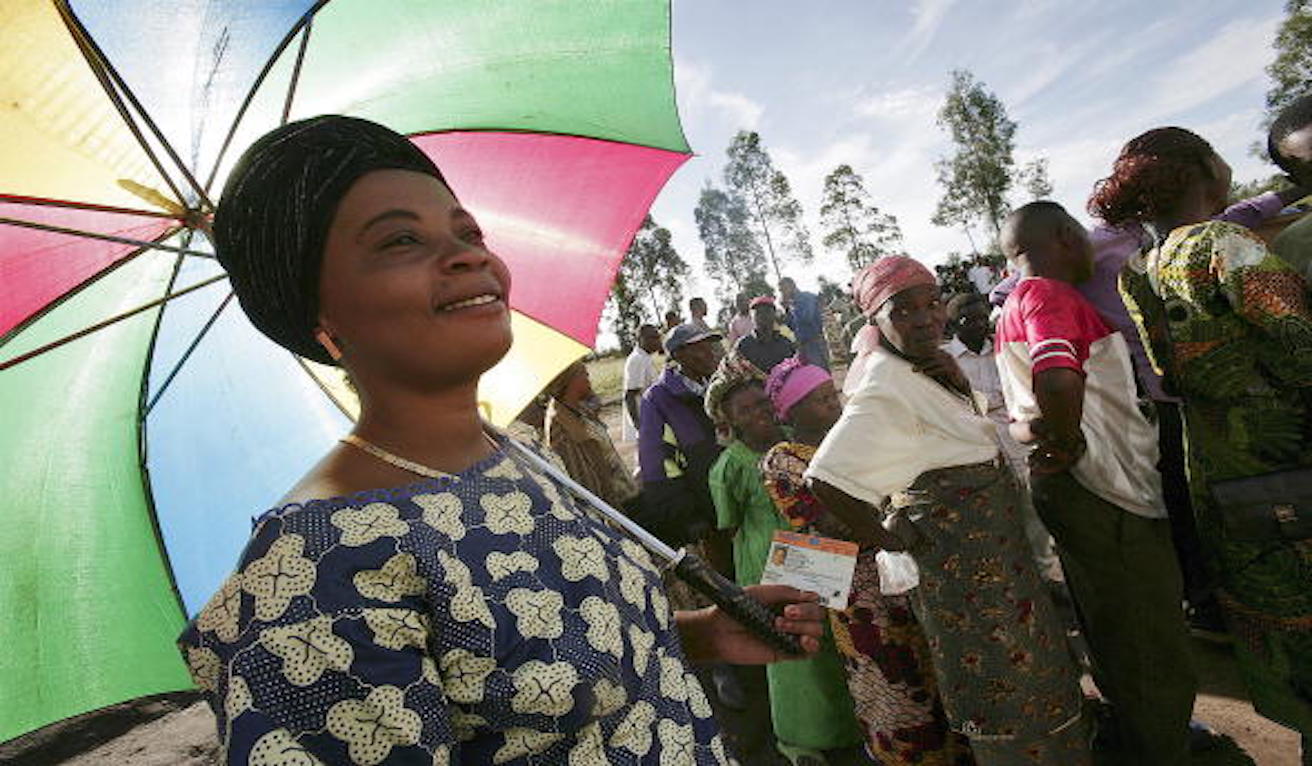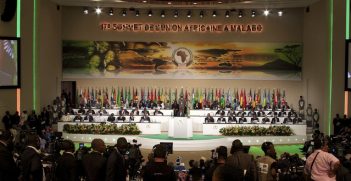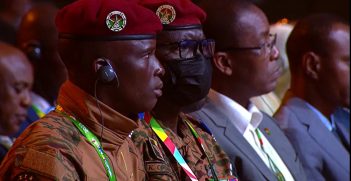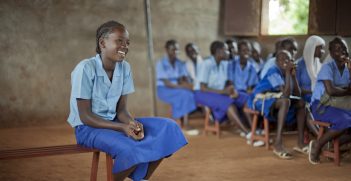The Democratic Republic of Congo’s Volatile Coalition

With the looming formation of a new coalition government between old and new forces, the Democratic Republic of the Congo is poised for an uncertain future following controversial December 2018 elections.
In May 2019, Sylvestre Ilunga Ilunkamba was appointed as the new prime minister of the Democratic Republic of the Congo (DRC). A former finance minister under long-time leader Mobutu Sese Seko and an ally of former President Joseph Kabila, Ilunkamba’s appointment came as a result of a political agreement between newly-elected President Felix Tshisekedi and Kabila. The appointment highlights the challenges of leadership renewal in the DRC and came five months after Tshisekedi was declared the winner of the 30 December 2018 election which some observers characterised as being marred by irregularities while opponents claimed it was rigged. The election, which should have been held two years’ prior was postponed twice, due to constant delays on the part of former president Kabila who had been in power for 18 years. Tshisekedi officially won the election with 38.57 percent of the vote, while the main opponent Martin Fayulu came a close second with 34.8 percent, with Kabila’s chosen successor, Emmanuel Ramazani Shadary, losing with 23.8 percent.
Many consider Fayulu to be the actual winner of the presidential election on the basis of results released by the Conference Episcopale du Congo (CENCO) of the Catholic Church which claimed that the results announced by the Commission Electorale Nationale Independante (CENI) were fraudulent. Fayulu claimed that Tshisekedi and Kabila made a secret deal to deprive him of a win. Both Tshisekedi and Kabila have denied these claims. Following CENI’s announcement of results and to no avail, Fayulu launched a Constitutional Court challenge, resulting in the Court confirming Tshisekedi’s win. Kabila’s coalition, the Front Commun pour le Congo (FCC), resoundingly won the concurrent legislative elections, thereby commanding a parliamentary majority with over 350 seats out of 500, over Tshisekedi’s coalition Cap Pour le Changement (CACH), which controls a meagre 49 seats, with Fayulu’s Lamuka coalition controlling about 90 seats.
Kabila’s allies also won the majority of seats in provincial assemblies, which elect governors and senators. With Tshisekedi lacking a parliamentary majority, a strong incentive, therefore, existed for both Kabila and Tshisekedi to agree on a mutually-agreeable candidate for the position of prime minister. Kabila himself continues to serve as senator for life by virtue of being a former president and, therefore, remains a powerful actor and influencer within Congolese politics with the ability to limit the independent exercise of executive power by Tshisekedi. Given Kabila’s coalition won the majority of parliamentary seats, the prime minister had to come from his bloc, as per the Constitution, with the president making the final decision on who was to fill the post. On 15 March, prior to the appointment of Prime Minister Ilunga, senators were elected. Kabila’s FCC overwhelmingly won and now controls the senate with over 90 of the 109 seats. The election results saw President Tshisekedi blocking the instalment of the newly-elected senators for a brief period on allegations of bribing their way into office. Prior to the senate elections, Tshisekedi and Kabila had issued a joint statement pledging to govern together as part of a coalition government, partly to avoid a lame duck presidency on the part of Tshisekedi.
Due to these dynamics it has taken months for the FCC and CACH to reach an agreement on the formation of the coalition government. However, on 29 July, after six months of negotiation, the two camps reached an agreement over the formation of the new government which will consist of 65 members: 48 ministers and 17 deputy ministers. Twenty-three of these appointments will go to CACH, while 42 will be for the FCC. The FCC is likely to control the defence, finance, justice, and mining ministries, which are considered the most strategic portfolios. Tshisekedi’s CACH will likely control the foreign affairs, interior, budget and economy portfolios. On 9 August, Prime Minister Ilunga received lists of the FCC and CACH ministerial officials for the formation of his government. The announcement of the new coalition government is expected in the near future.
The appointment of Prime Minister Ilunga, a former minister under Mobutu’s dictatorial regime was, therefore, a symptom of the broader difficulties with ensuring leadership renewal in the Congolese political space. While Congolese as well as the international community are giving the seemingly new political dispensation a chance, risks remain. Not only does the country continue to grapple with the Ebola epidemic, heightened insecurity in the country’s Eastern Provinces continues to be a cause for concern, in addition to the looming end of MONUSCO’s mandate (the United Nations Organisation Stabilisation Mission in the DRC) on 20 December 2019. The tensions inherent to the FCC-CACH coalition as well as ongoing opposition claims on the part Fayulu that President Tshisekedi is not the legitimate leader of the country, threaten to prevent the realisation of positive development outcomes and substantive stability in the medium to long-term. While MONUSCO’s record needs to be assessed, it is also important to ask whether or not the DRC is equipped for a future without MONUSCO or one where the Mission’s role in the country looks markedly different from its current form. The jury is still out, however, developments in the country warrant a close eye.
Tinashe Jakwa is a PhD Candidate in Political Science and International Relations at the University of Western Australia. Her research examines the determinants of peacebuilding policy failures in the DRC.
This article is published under a Creative Commons Licence and may be republished with attribution.





